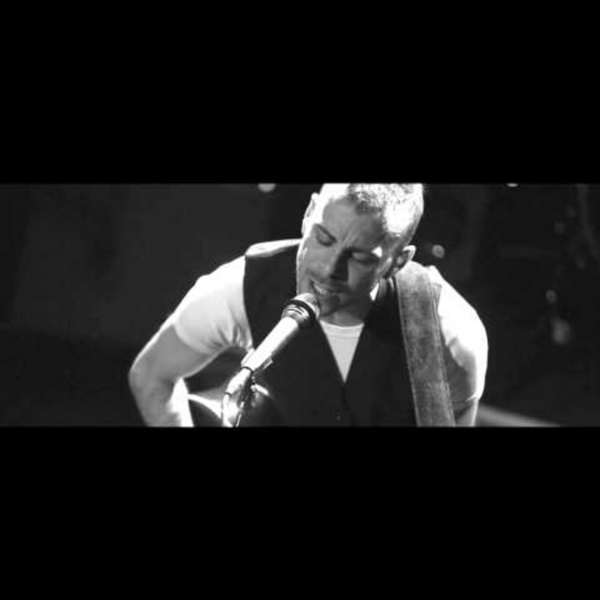



The Vaselines The Vaselines es una banda de indie rock escocesa fundada en Glasgow en 1986. Originalmente el grupo era un duo formado por los fundadores del grupo, Eugene Kelly y Frances Mckee, pero al poco se unirían James Seenan en bajo y Charles Kelly, hermano de Eugene, en bateria, ambos ex-integrantes del grupo local Secession. Insolitamente el grupo salto a la fama a principios de los 90, cuando el grupo ya estaba disuelto, gracias a que el grupo Nirvana hizo tres covers de sus canciones: "Molly's Lips", "Son Of A Gun" (ambas incluidas en Incesticide) y la mas conocida "Jesus Doesnt't Want Me For A Sunbeam", interpretada en vivo en el historico MTV Unplugged que Nirvana realizo en 1994. Historia [ editar ] La historia del grupo remonta a principios de los 80. Nacimiento del grupo [ editar ] A principios de 1986, Kelly conoce a McKee en una fiesta en el vencindario. Son Of A Gun [ editar ] En marzo de 1987 comenzaron las primeras sesiones para el primer single de The Vaselines. Lado A: Lado B:
Electropop Electropop is a pop-oriented form of electronic music primarily consisting of the use of synthesizers. The genre has seen a revival of popularity and influence since the late 2000s. "Electropop" is the short form of "electronic pop". The term was used during the 1980s to describe a form of synthpop characterized by an emphasized electronic sound — often described as cold and robotic — and by minimal arrangements. Electropop songs are pop songs at heart, often with simple, catchy hooks and dance beats, but differing from those of electronic dance music genres which electropop helped to inspire — techno, house, electroclash, etc. — in that songwriting is emphasized over simple danceability. History[edit] In 1969, the German musician Gershon Kingsley wrote a dance instrumental song using the moog synthesizer. 21st century revival[edit] Current wave of electropop artists[edit] See also[edit] Notes[edit] References[edit] External links[edit] Canadian Broadcasting Company
List of synthpop artists This is a list of synthpop (also known as electropop or technopop) artists listed by the first letter in their name (not including articles such as "a", "an", or "the"). Individuals are listed by last name. A[edit] B[edit] C[edit] D[edit] E[edit] F[edit] G[edit] H[edit] I[edit] J[edit] K[edit] L[edit] M[edit] N[edit] O[edit] P[edit] Q[edit] R[edit] S[edit] T[edit] U[edit] V[edit] W[edit] Y[edit] Z[edit] Zeigeist[259] See also[edit] References[edit] Synthpop Synthpop (also known as technopop[2]) is a genre of popular music that first became prominent in the 1980s, features the synthesizer as the dominant musical instrument. It was prefigured in the 1960s and early 1970s by the use of synthesizers in progressive rock, electronic art rock, disco and particularly the "Krautrock" of bands like Kraftwerk. It arose as a distinct genre in Japan and the United Kingdom in the post-punk era as part of the new wave movement of the late-1970s to the mid-1980s. In the late 1980s, duos such as Erasure and Pet Shop Boys adopted a sound that was highly successful on the US dance charts, but by the end of the decade synthpop had largely been abandoned. The genre has received criticism for alleged lack of emotion and musicianship; prominent artists have spoken out against detractors who believed that synthesizers themselves composed and played the songs. Characteristics[edit] History[edit] Precursors[edit] Origins (1977–80)[edit]
GOLD – Un clip hypnotisant pour Chet Faker « GOLD« , un clip hypnotisant réalisé par Hiro Murai pour le dernier titre de Chet Faker. Fréhel (chanteuse) Un article de Wikipédia, l'encyclopédie libre. Pour les articles homonymes, voir Fréhel. Fréhel Portrait de Fréhel qui se nommait alors Pervenche en 1908. Fréhel, de son vrai nom Marguerite Boulc'h, née à Paris, au numéro 2 du boulevard Bessières, le 13 juillet 1891, et morte dans cette même ville le 3 février 1951, était une chanteuse qui a marqué la période de l'entre-deux-guerres. Marguerite est la fille d'un couple de bretons originaire de Primel-Trégastel[1], hameau de la commune de Plougasnou (Finistère). Son répertoire « réaliste » commence à la faire connaître entre 1908 et 1910. En 1925, l'« inoubliable inoubliée » remonte sur les planches de l'Olympia pour le plus grand plaisir d'un public qui ne se lasse pas de ses couplets réalistes. Le 30 avril 1935, elle épouse à Paris Georges Boettgen. En 1950, Robert Giraud et Pierre Mérindol inviteront Fréhel à se produire devant le public parisien dans une ancienne salle de bal, les Escarpes, située près de la place de la Contrescarpe.
The 13 Most Underrated Madonna Songs | Pandora Boxx Anyone who knows me knows that I am a huge Madonna fan. I have been since I was a wee lad dancing around my bedroom lip-syncing to "Borderline". Amid some Madonna leakage, she released six tracks (which I'm loving) early from her 13th album Rebel Heart (due out on March 10, 2015). That premature release went number one in 42 countries on iTunes sales charts across the globe. She has so many amazing songs that it's hard to remember every last one. 13. The message and lyrics are simple. 12. Madonna may be an "Unapologetic Bitch" but "Bye Bye Baby" may be one of the sweetest sounding piss-off songs. (She if you can spot Dancing With the Stars judge Carrie Ann Inaba in this video from The Girlie Show.) 11. This is the third song released from American Life. 10. Is it autobiographical? 9. Madonna clearly is a woman scorned, again and again (squish, squish, Madge). 8. Her Like a Prayer album is probably her most personable to date and one of her all time best. 7. 6. 5. 4. 3. 2. 1.